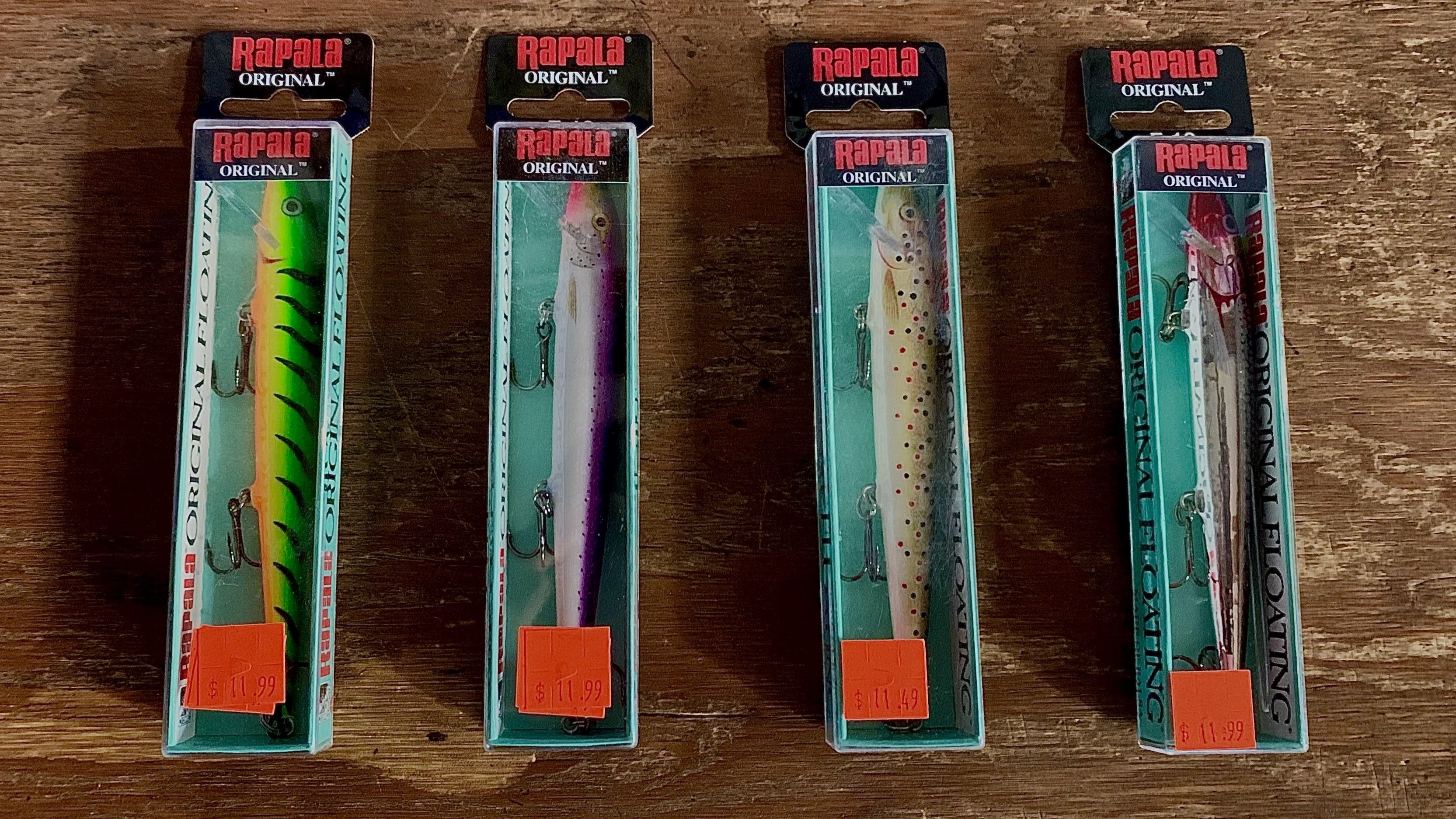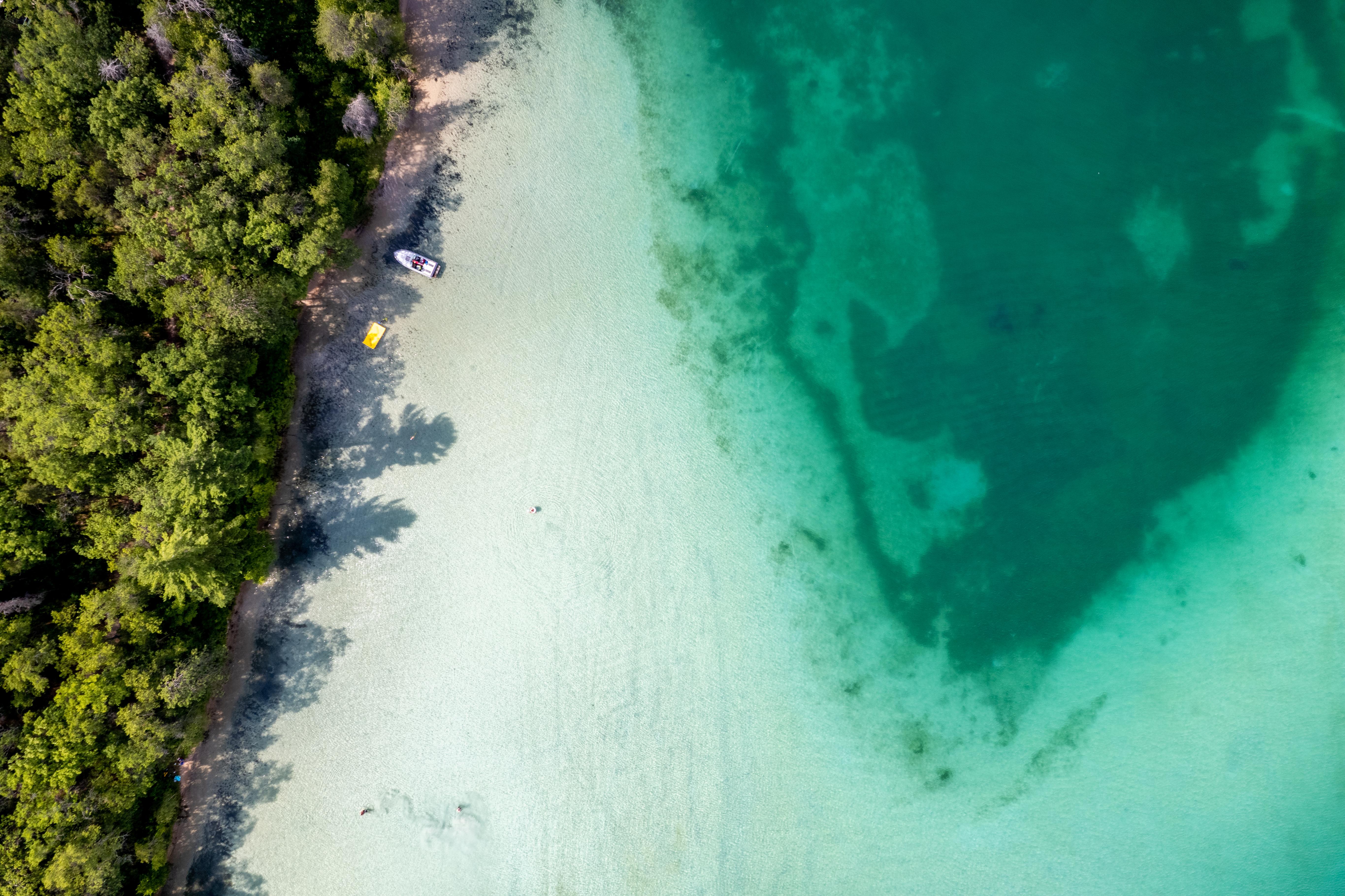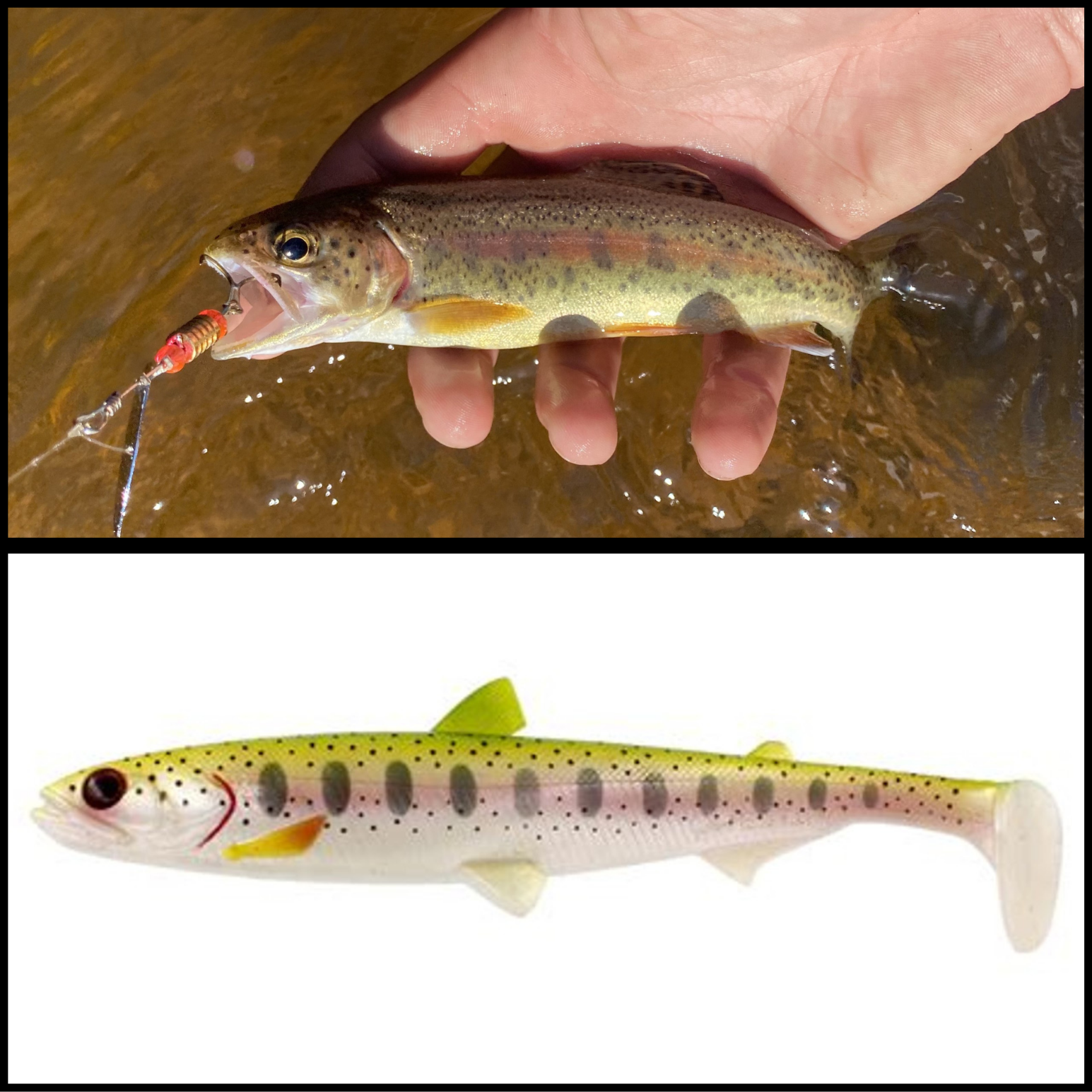Posted by Ian McDonnell on Sep 1st 2023
Cracking the Color Code: How to Pick Lure Colors
When you walk into a tackle store or shop online, lures and baits come in just about every color under the sun, ultraviolet-activated colors, glow, chrome, and more. The color choices can be overwhelming, especially on a budget. However, knowing what to look for when choosing your lure and bait colors can save you money, space, and time, as well as increase your effectiveness on the water. Follow these tips and rules when choosing your lure and bait colors:
- 1. Focus on the 4 Basic Shades
By looking at all the different lures on the wall at the tackle shop, each color can be narrowed down to one of 4 categories: Bright Base Colors, Dark Base Colors, Natural Colors, and Chrome Colors.
Having each of these colors will set you up for just about any water conditions you might encounter. Swapping out each of these colors throughout the day can help you narrow down which color might be best for that particular day.
However, knowing more about how different colors show up in the water will help you narrow down which color the fish should want that particular day without getting the other colors wet. These factors depend on water clarity, weather, and even the specific lake. These factors make up Tips 2, 3, and 4.

- 2. Pay Attention to Water Clarity
Across the country, lakes and waterways can have a variety of water conditions, such as dirty water, stained water, tannic water, and clear water. All can present conditions that would favor certain lure color choices.
In dirty water, or water with suspended sediment often found in river systems or lakes with a lot of wave action on a sand, dirt, or clay shoreline caused by wind or boat traffic, color choices may tend to focus on the extremes. Bright and dark colors or high-contrast colors may be more effective in dirty water situations due to reduced visibility. Dirty water with limited visibility may require anglers to use bright chartreuse, oranges, fire reds, and school bus yellows, or dark browns and blacks. Making your bait stand out in the dirty water is key.
Stained water caused by algae blooms, aquatic herbicides, or chalky shorelines may require a wider variety of colors. Stained water differs from dirty water in that you may be able to see 5+ feet in the water, but the water may have a green tint. In these water conditions, all color options are on the table, but depending on the tint, some colors may show up better or worse.
The best way to pick a color in tannic water is to tie it on and drop it in. Bright colors should pop and dark and natural colors should blend into the water and not stand out as much as the bright colors. Tannic water is probably the rarest of water conditions. Florida and northern anglers will be most familiar with tannic water situations. Tannic water can be clear, up to 5+ feet of clarity, but has a root beer-like appearance.
Clear water is the most common in the north and can be the most difficult to fish, but it offers the widest range of color options. In clear water, bright colors as well as natural and chrome colors can be most effective. Chrome colors that take advantage of light penetration can be some of the best colors in a clear water angler's arsenal. Because fish can see better in clear water, "matching the hatch" with a natural color can be extremely effective; use baits that look like what the fish are eating.

- 3.Watch the Weather
The weather can also help determine which colors work better than others. In general, bright and chrome colors tend to work better on sunny days because they scatter light and stand out in the water.
On cloudy days or in low light conditions, stick with the darker and more natural colors. Bright and bold colors are a little too obtrusive on darker days.
- 4.Match the Hatch
The term "Match the Hatch" was coined by fly fishermen and involves matching your fly to the hatches on the river you're fishing because trout have great vision and can key in on certain food sources. If your presentation doesn't match those food sources, it can be much harder to get a bite.
Match the hatch has more applications than just fly fishing, it spans the world of fishing from everything to tiny trout to king salmon. On the Great Lakes, for example, goby or perch imitations can be most effective because many predatory fish like walleye and bass feed on these sources. On Michigan's inland lakes, bluegill and crayfish imitations are most effective because most inland lake fish feed on these sources. On some lakes that have rainbow trout, using rainbow trout imitations might trigger larger gamefish, pictured below:

These tips are just some general rules of thumb. When you’re on the water, keep an open mind. If you aren’t catching anything, feel free to switch it up! There are never any set rules in fishing. On days where it’s cloudy, you might find that a bright color is catching the most fish, or on a sunny day, the darker colors happen to be working better. Let the fish tell you what they want. Some of the most successful days of a fisherman’s life might be when they try something that they’ve never tried before. Remember to experiment and fish with purpose!
Good luck out there!

